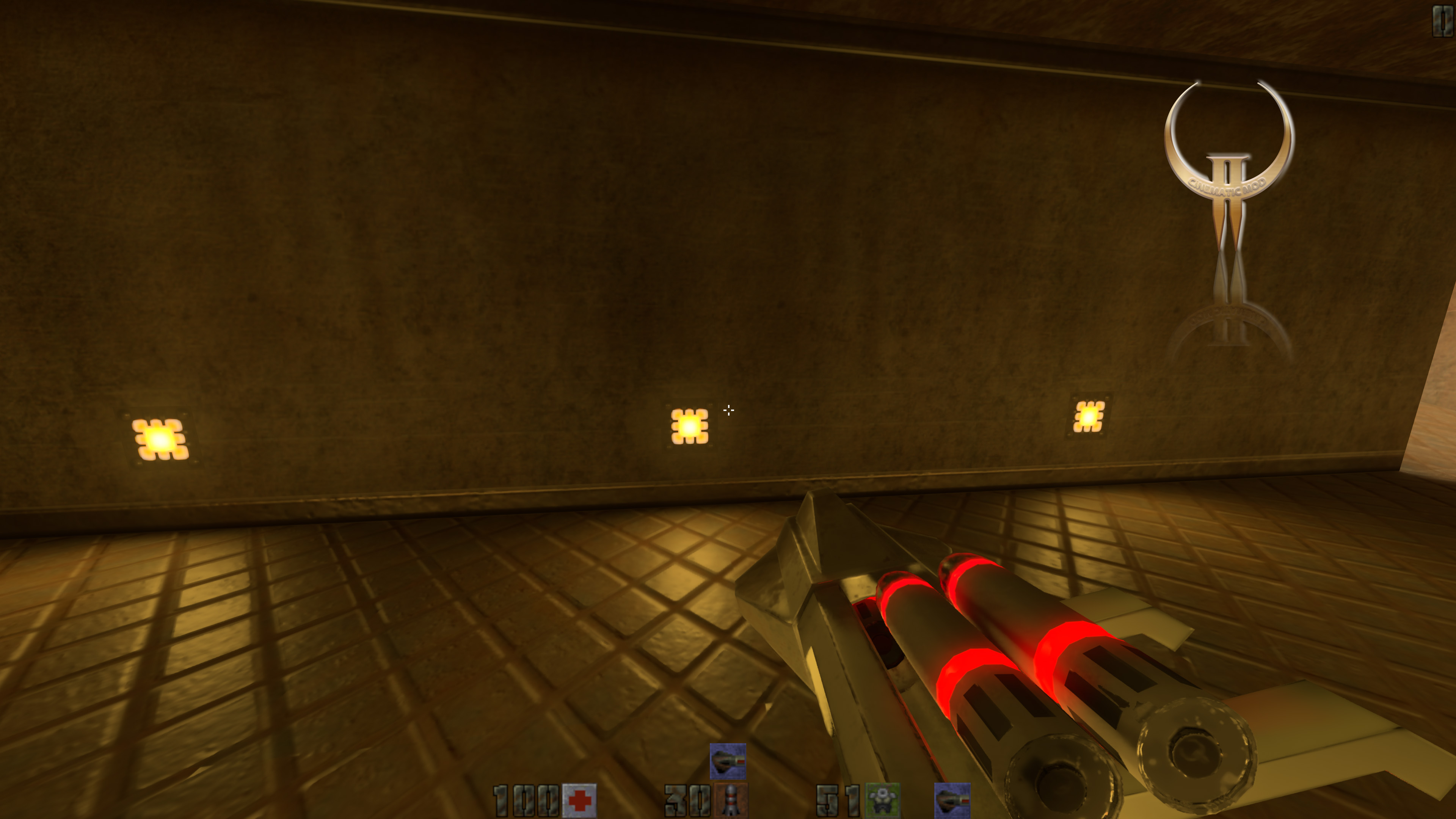

Single-Player Levels Main article: Units of Quake II Quake II still has a large fan base and community, that provides the possibility to play Multiplayer matches even after 16 years from its first release.

The Quake II multiplayer mode retains some of the Quake mechanics like the improved speed, and the possibility to customize the player names and models.
#BATTLEZONE 2 QUAKE 2 METAL FREE#
Prior to the release of specifically designed Deathmatch maps, the players had to play their free for all games using the single player maps, which were not designed for multiplayer. It features various modes, from the free-for-all Deathmatch, to the single player Cooperative. Quake II can be played across the Internet. You can also hear the voices of other marines on BitterMan's radio. Even though a few marines survived the Big Gun at the start, the only ones you can see have been captured.

The missions will lead the player to a space station, where the player will have their final showdown against the Makron. The player must fulfill various tasks including stealing a Strogg commander's head and blowing up the strongest Strogg piece of artillery: the Big Gun. After the completion of every "main mission" a CGI cutscene introduces the next one. The single player game features a variety of "levels" and "secret levels" that lead to the completion of the "main objectives" (usually destroying important Strogg structures). The game retained most of the original Quake features, including fast paced action, large quantities of enemies, and some of the weapons from the original game along with newly introduced ones. Quake II is a First Person Shooter, meaning the player must interact with the environment and fight the various enemies from the perspective of the main character. After destroying the Makron's communications, Bitterman chases the Makron through the Inner Chamber to the final showdown where Bitterman defeats the Strogg Leader, completing the fourth and final objective. He then walks over to the City Palace where the Makron resides. Thus completing the second main objective.īitterman travels to the Hangar to close it, and destroy the Black Hole Generator, completing the third main objective. Bitterman destroys the Power Plant Reactor, granting him access to destroy the Big Gun. Bitterman disables the Strogg productions and then makes his way to the Big Gun. Bitterman then makes his way to the Mine in order to reach the Factory. Here he completes one of the major secondary objectives, destroying the Laser Grid that protects the inner city from ground assault. Bitterman then reaches the Warehouse, and destroys the logistical train before walking through to the Jail. This allows him to receive objectives deeper in the alien complex. Bitterman starts off by establishing the communication uplink. These objectives are spread over 10 Units. The player will complete other smaller objectives in between these four main objectives, such as destroying the Security Grid to gain access to the Big Gun.

Most of the Marines are captured or killed, but Bitterman is one of the lucky few to survive. This causes most of the pods to crash land (many miles from their target landing zones). During the first attack on Stroggos, the Big Gun strikes down most of the Marine pods with a powerful EMP blast. During the single player campaign, you take the role of a Marine called Bitterman, taking part in " Operation Alien Overlord", attempting to save Earth from the Strogg invasion by counter-attacking their planet, Stroggos. Quake II takes place in a futuristic sci-fi environment. So, let’s look at how the graphics and design evolved starting from 1990.Three Quake II logos are shown above the entrance to the Makron's palace, suggesting that the logo is somehow of importance to the Strogg. Writing about 90s computer games in 2008 is somewhat nostalgic and in the same time it’s funny, because what can you expect from a 16 bit graphic display and a 100 MHz machine, but remembering that in those days these configs were king just as 3,6 GHz and Nvidia GeForce 9400 nowdays. The 1990s became the golden age of computer video games and gave birth to a large number of game developers and publishers such as Activision, Electronic Arts, Blizzard and id Softwareįrom design and graphics point of view, video games greatly evolved and continue to do so.


 0 kommentar(er)
0 kommentar(er)
